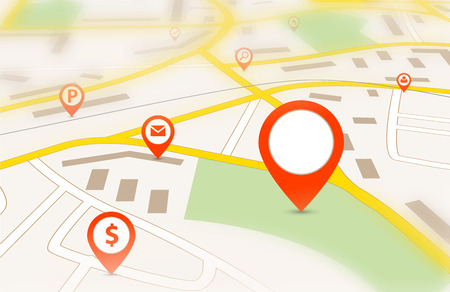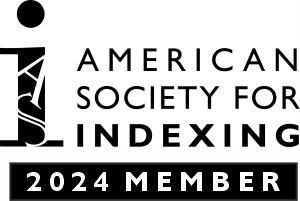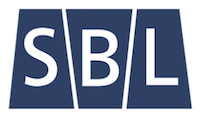
I’ve noticed that beginning indexers working with traditional print books can struggle with the challenge of realizing that the most specific target they can give a user is the page number.
Over-Indexing
For some detail-oriented people who want (sometimes desperately!) to get the index user/reader right to the term they’ve selected, slipping into over-indexing is a real danger. The indexer sees an overall topic on a page or pages, along with subtopics that go with it, all on the same page. In the interest of telling the user as much as possible in the index, they create an entry like this one:
achievement levels
advanced, 33
basic, 33
proficient, 33
world-class, 33
Since we don’t usually have unlimited space in indexes for print, and the index user usually wants to get to the page in the book where the information they seek occurs, we indexers try to make sure our indexes are concise as well as complete. And that means not repeating subtopics that appear on the same page.
Index as Map
Think about being an index user. You may or may not have read the book yet. You have access to the title and the table of contents, but you need the index to provide a quickly scannable list of main headings and subheadings that will lead them to the more specific information they seek. Notice “lead them to”; that’s not necessarily the same as providing all the information about that topic in the index itself. We are pointing to the fact that there is information on that topic on that page. That’s it.
Just like the map doesn’t show us all the details of a coffee shop’s architecture and its offerings (Google Earth notwithstanding), the index doesn’t need to show all the details of a topic from a given page in a single index entry.
More Access Points Instead
Since the page is the most precise location we can give in a traditional index for print, a cleaner and easier-to-scan way to get the index user to information about all those achievement levels is to have an entry like this:
achievement levels, 33
Of course now you are asking, “What about those specific levels; aren’t they important? Now they are invisible!”
They may very well be important, and if so, let’s give them the status they are due in an alphabetical scan; let’s make them into main headings of their own (we’re assuming lots of other interesting topic entries separating all of these).
achievement levels, 33
advanced achievement level, 33
basic achievement level, 33
proficient achievement level, 33
world-class achievement level, 33
The index then becomes a mix of more general and more specific subject access points at main heading level, which is the first access point for an index user. We can then save subheadings only for topics that have lots of subtopics scattered throughout the text, or long chunks of discussion (like a whole chapter), where a breakdown would be of some value in shortening the user’s search.
The Indexer’s Mapping Goal
This is our goal as indexers: to provide quick access to the page in the text where the desired information resides. We don’t have to take the user to the word itself (this is print, now), just to the page. And we don’t need to replicate the entire book’s information in the index; our tool is a map that simply points to where the information can be found.
So, as indexer or author doing their own index, if you find yourself with lots of subheadings going to the same page, let that be a reminder to get back to the map concept of indexing. Your index users (and potential readers!) will thank you.




Nicely said! — Happy Indexing.